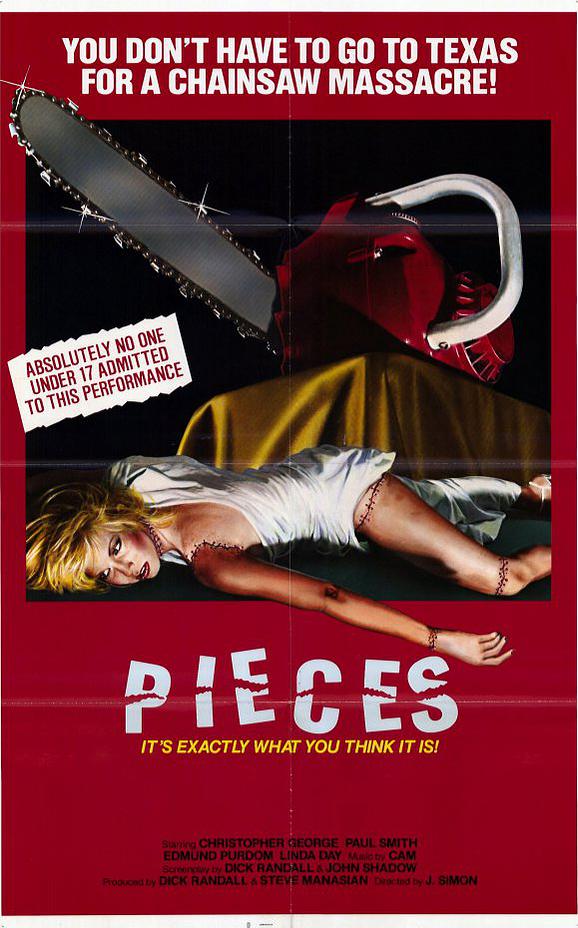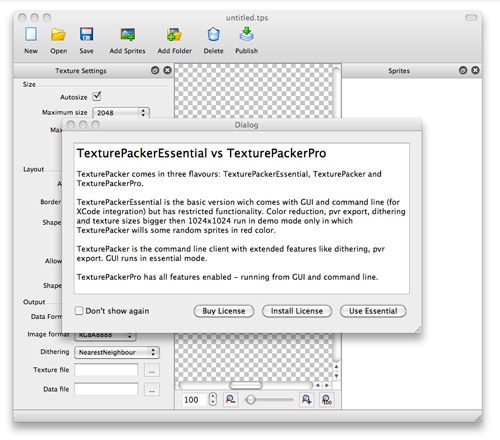

- #Texturepacker last frame how to
- #Texturepacker last frame upgrade
- #Texturepacker last frame registration
Each frame was rendered into a separate png.
#Texturepacker last frame how to
le is to compare for less than or equal in PowerShell. In this short video, I describe how to use the free version of TexturePacker to collect frames of animation into a single image, and how to generate a plist. Each character was rendered at 8 different angles for 13 different actions. JSON file: This file contains the information about the single frames. The variable represents the current object in PowerShell. The images are accessible with their names. In the main window use the Choose Data Format button and select Phaser (JSONHash) from the list. TexturePacker is an extremely powerful, easily accessible and well-designed tool. When starting the application choose Try TexturePacker Pro. In Phaser example, the description of a frame looks like this: . The property 'frame' contains its position and size within the texture. The easiest way to create your sprite sheets is using TexturePacker. I wanted to create a JSON file ( jsonHash ) for an animation in Phaser. I am completely new in the matter and have a question about *Texturepacker. I dont meant Tiled, i meant TexturePacker!! Maybe it would be easier to just give my own pList with simplified data and just the barebones what the iOS dev would need to determine image_name as keys and forget about what a "frame" is.EDIT: At first sorry for my Mistake.

#Texturepacker last frame upgrade
Ditch your old TV this summer and upgrade to a new one with all the best features.

Seems like ideally this list would look like - frame (but is this really the destRect?) Our most popular TV: 65' Samsung 'The Frame' QLED 4K TV (2022), 1,700 (reduced from 2,000) 1,700 at Samsung.
#Texturepacker last frame registration
What is sourceColorRect? If that's just source, why not call it that and get rid of sourceSize, as that's a redundancy?Īlso, what is offset? Is that like a registration point thing? Can I ignore that if we don't need origin coordinate info? After switching to TexturePacker I was given a warning that solved my problem apparently using images OVER 4096x4096 will cause issues (like in this post). Many Git commands accept both tag and branch names, so creating this branch may cause unexpected behavior. It's the fastest algorithm but usually requires more space. A tag already exists with the provided branch name. I realized if I edit the allowRotation key to false in the. The intended animation would be without rotation. Basic The basic algorithm fills the sprite sheet from top to bottom, different sprite sizes are supported. bendi April 23, 2017, 1:52pm 3 I don’t rotate it, the texture packer does, so it can pack the images more optimally I guess. Rotation, trimming, multipacking, various export formats (json, xml, css, pixi.js, godot, phaser. All sprites are packed in an equal spaced grid. Free texture packer creates sprite sheets for you game or site. Here's a basic node (and I've yet to find documentation): īesides the obvious redundancies in the schema, there's "frame" is this the destination rectangle? Efficient packing algorithms Grid Use this algorithm if your game engine doesn't support sheet data files. NET service to provide data that matches the texturepacker schema to make it easy for the iOS devs to use my generated spritesheets.


 0 kommentar(er)
0 kommentar(er)
